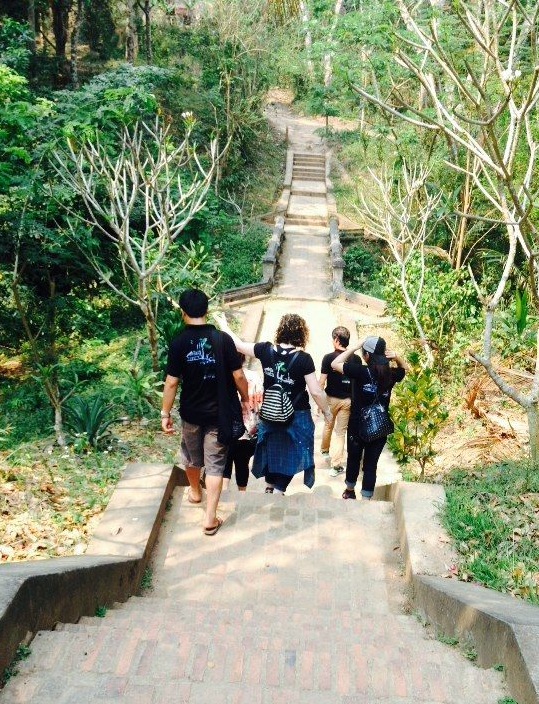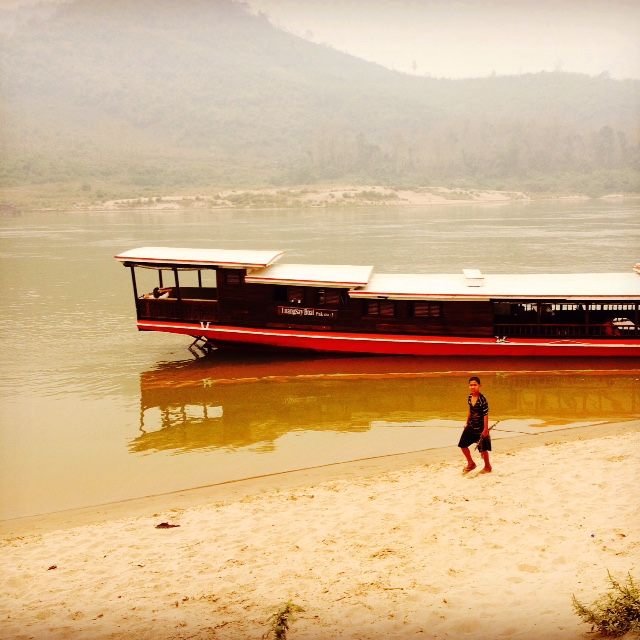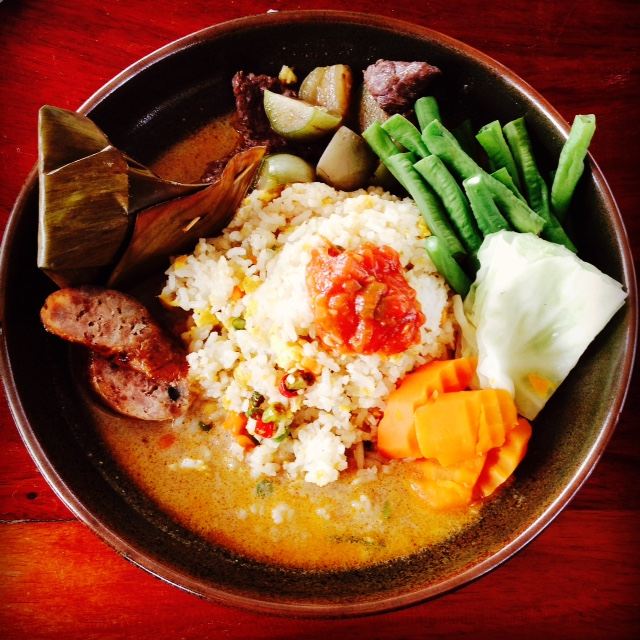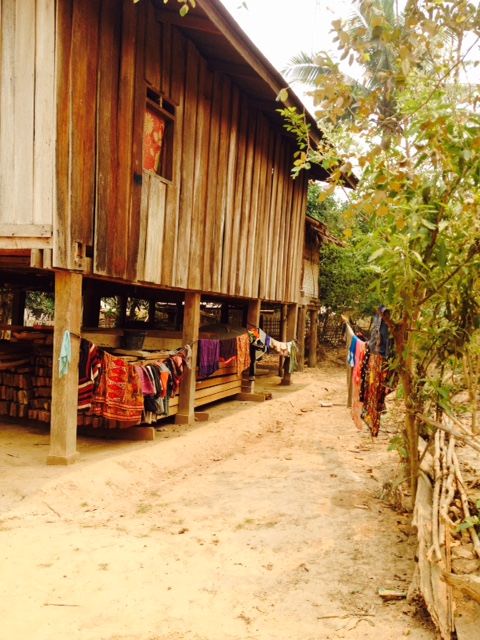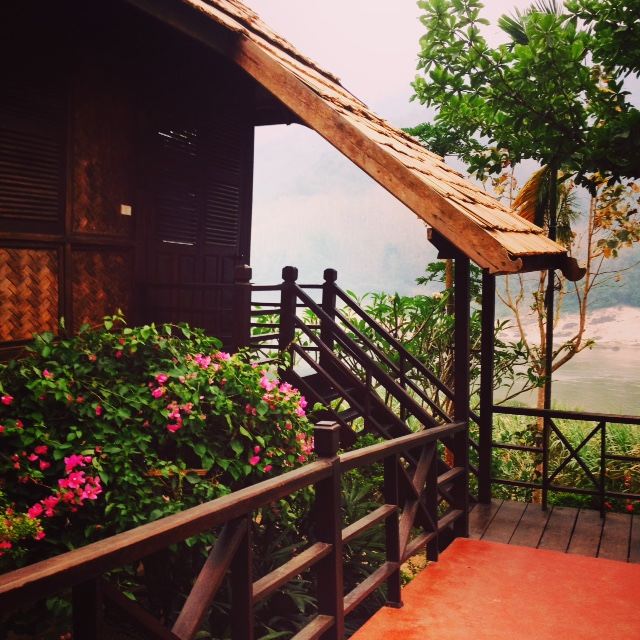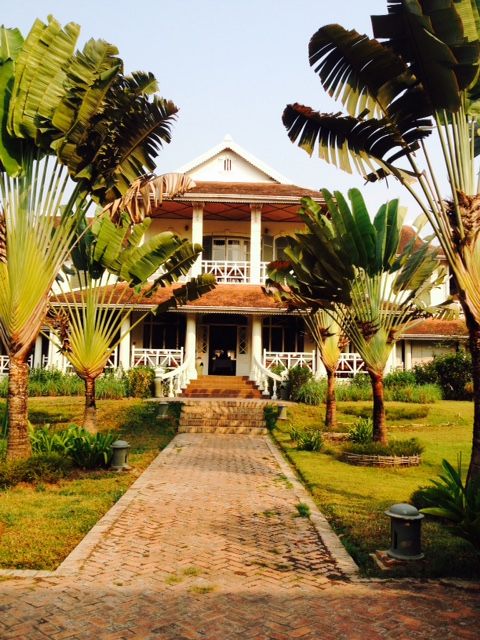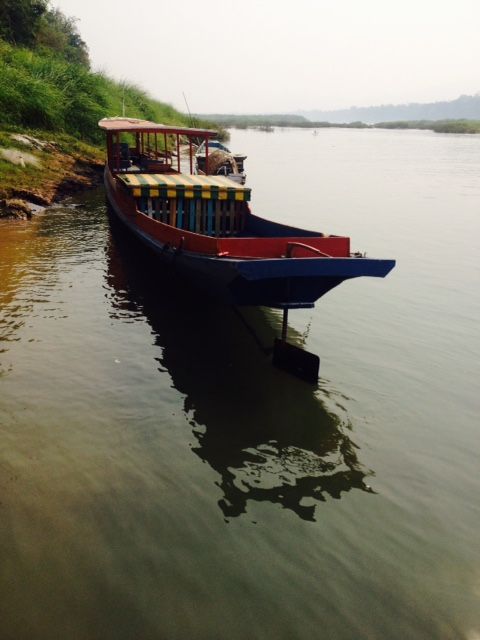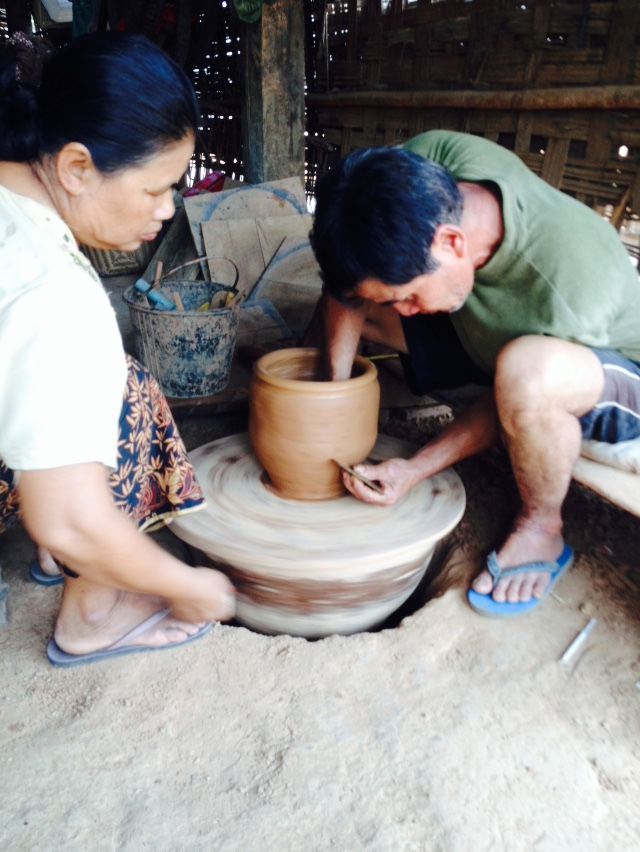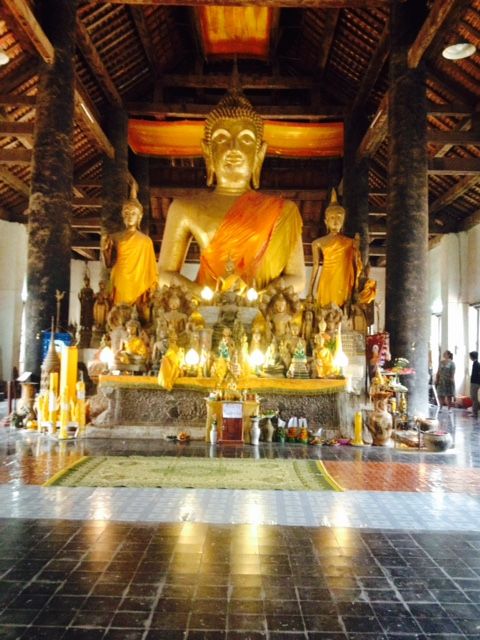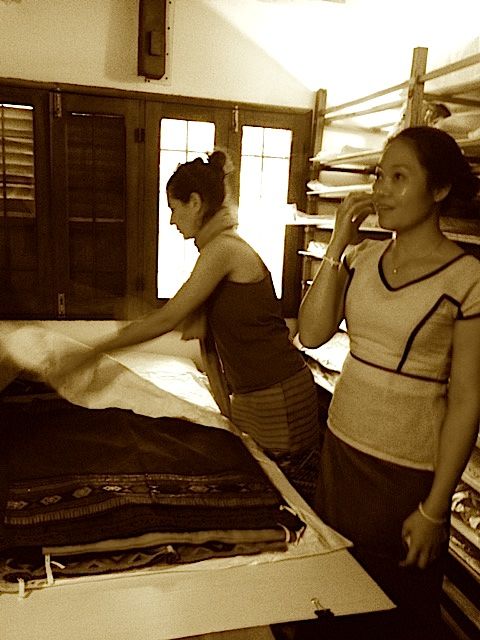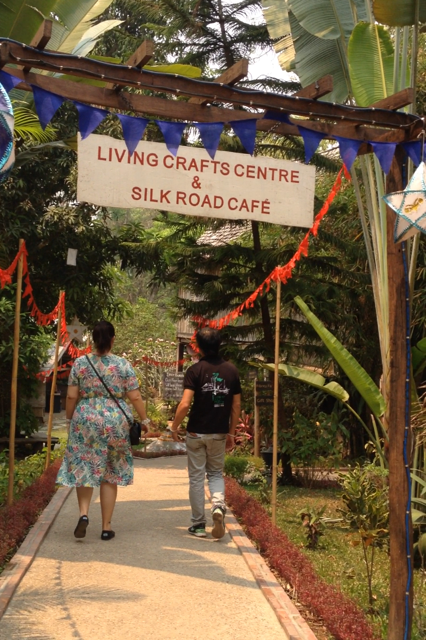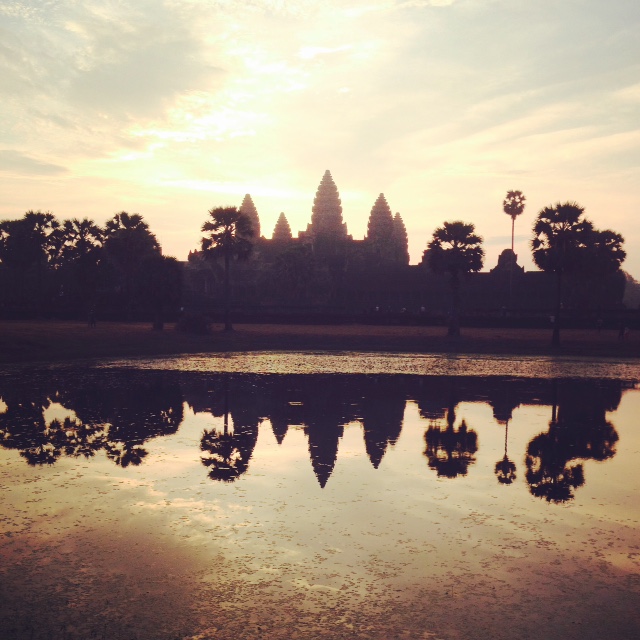
Journeys Within is on our annual inspection tours this spring and some of the team traveled on from Laos to Cambodia. Read about our recent experiences in our last update On Tour with Journeys Within: Phonesavanh, Vientiane, and Pakse to learn about some of our guests’ favorite tours throughout Laos.
Follow our journey for updates and travel tips on some of our key locations and tours throughout this spring, and get inspired for your own next adventure.
For travelers who seek to acquaint themselves with highlights of Siem Reap, these Journeys Within tours are ideal:
Day 1: Angkor National Museum, Quad Bike Tour, and Phare Circus
Day 2: Angkor Wat and Angkor Thom Temple Tours
Day 3: Banteay Srei and Beng Mealea Temple Tours
Day 4: Village Tour and Artisan Angkor Silk Farm
These tours are customizable to the guest’s preferences and schedules, though Journeys Within can make recommendations on the best timing to schedule certain tours and activities to beat crowds and the sun on hot days.
Day 1: Angkor National Museum, Quad Bike Tour, and Phare Circus
The ideal introduction to people visiting Siem Reap is a visit to Angkor National Museum. Visitors have the option of a guided tour using head phone with recordings available in a number of different languages. Guests may also tour the museum without head phones, however, the headphones are recommended as the narration provides greater detail in addition to signage provided by the museum. Photos are not allowed inside of the museum, but click here for more information.
Angkor National Museum consists of five galleries, starting with details about Buddhist worship, Buddhist and Hindu iconography collections, details about the history of Khmer civilization, a multimedia presentation about Angkor Wat, and finally, extensive galleries dedicated to Siem Reap’s temples with informative details about the temples’ art and architecture.
For example, the type of material a Buddha statue is made from (stone, gold, bronze, marble, copper, or wood) indicates the time period and other historical factors that impacted how statues were produced. The postures of Buddha explain the unique individual purposes for each statue, which correspond to significant moments throughout the life of Buddha.
Further, the sculptures are more than artifacts, but passageways to Buddha himself and to receive his teachings. This can help visitors to understand why the image of Buddha is treated with utmost respect throughout Buddhism practicing countries. The museum also provides insight to how the practice of Buddhism has developed over hundreds of years as a method of worship that focuses on letting go of strife in order to gain peace of mind. Stylistic changes not only in the Buddha statue but also in temple architecture and ornamentation indicate the integration of different styles and religious ideologies as empires merged throughout the civilization’s history.
This experience provides visitors a foundation and context to Khmer history and culture. A visit to the Angkor National Museum will ideally be done prior to visiting temples in and around Siem Reap so visitors may have an established understanding of the culture before visiting the area’s main points of interest. Insider tip: Beautiful batik artwork by local artists and celebrated professionals is for sale inside the museum.
After a morning at Angkor National Museum, guests enjoy the opportunity to go on a quad bike tour around the rural villages and outskirts of Siem Reap. This experience gives visitors a look at rural Siem Reap and the lives of farmers. People and children wave and greet visitors as they pass by, which conveys the warm nature of these kind people. The quad bike tour stops along the way at a modern temple, where visitors may see monks and nuns going about their daily lives. The tour concludes with a view of the sunset over Siem Reap. Insider tip: This tour is a great opportunity to bring a Go-Pro for unique video footage of Siem Reap. The guide also makes several stops along the way to film guests with their smart phones.

Another favorite of our guests as an introduction to Siem Reap is the Phare Circus. The circus is located near the heart of Siem Reap under the ‘big top’. It is a world-class act of acrobatics and by local signature artists as well as international traveling ensembles. The shows include light-hearted and comedic entertainment and poignant performance art interpretations of the profound impact of war on Khmer people. Performances are scheduled every night of the week.
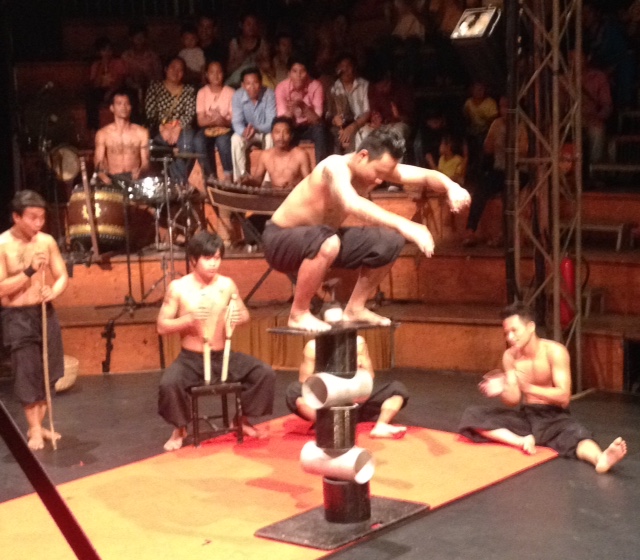
Insider tip 1: Look up the performances you will see in advance and seek out a little background on the topics of each story for context. Visitors will get more from the shows if they have an understanding of the show’s influence.
Insider tip 2: There is a small gift shop located just outside of the tent that features unique handcrafts from local artisans that make for great souvenirs.
What to wear for this tour:
Comfortable, breathable clothes
Sneakers for the quad bike tour
Hat for the quad bike tour
Sunscreen and insect repellant for the quad bike tour
Bring a beverage inside the tent so you have something to drink throughout the show, as guests are not allowed back into the tent if they leave mid-show.
Day 2: Angkor Wat and Angkor Thom Temple Tours
Tours of Angkor Wat and Angkor Thom are great adventures following a visit to Angkor National Museum, as the museum tour concludes with information and exhibits that relate to Siem Reap’s nearby temples.
Angkor Wat is an iconic symbol of Cambodia and tours are offered throughout the day, including options for sunrise and sunset. Journeys Within tour guides stay on top of the best times to arrive, changes in location of where to obtain tickets and entrance, and how to beat the crowds using little known access points. Insider tip: There are two pools located in front of Angkor Wat, and the majority of visitors inexplicably choose to view the temples from the pool on the right side. The pool on the left side is always far less crowded.
Angkor Wat has become more strict this year about dress code and behavior while visiting the temple sites. It is important the visitors of temple sites respect temples by abiding by a recently established code of conduct, particularly dress code. View the Angkor Visitor Code of Conduct for more details. Visitors who do not abide by the code of conduct risk the potential of having their temple passes revoked.
Visitors have the opportunity to explore inside most temple areas, and exploring includes climbing some steep stair cases. Visitors should assess their ability to climb these stair cases. The temples located atop steep staircases are closed to pregnant women and small children for safety purposes.
Angkor Thom is a temple complex that houses Bayon, Ta Prohm, and Bantey Kdei. Bayon is known for its many massive three-dimensional faces carved into the temple walls. Ta Prohm is known for the trees that have overgrown around the temple over the centuries and make for unique photo opportunities. Ta Prohm is also sometimes referred to as the “Tomb Raider” temple, where the feature film was shot in 2001. Bantey Kdei is a fun temple to explore with many fallen temple stones.

Siem Reap’s temple tours can be coordinated as the guest desires, with additional temple tour options making the trek a half-day or all day experience.
What to wear for this tour:
Appropriate attire for visiting temple sites, with the legs and shoulders covered
Hat or umbrella, but ideally a hat as umbrellas take up more space and may obstruct the views of other visitors
Sunscreen and insect repellant
Walking shoes – no sandals. Some of the temple areas are uneven or require climbing and it’s best to have the feet covered
Day 3: Banteay Srei and Beng Mealea Temple Tours
Banteay Srei and Beng Mealea are located about an hour and a half outside of Siem Reap. Visitors stop along the way at an ancient sandstone quarry in Kulan to see where the stone was once sourced for all of Siem Reap and how stones were cut.
In fact, Beng Mealea is a Hindu temple built over 1000 years ago for quarry workers. The sandstone quarry was too far from Angkor Wat for workers to visit to worship, so Beng Mealea was built to provide quarry workers a place of worship within a close enough distance to the quarry site. Beng Mealea is a fun temple for trekking, with many different areas to climb and explore. Visitors at this temple should be careful to watch their footing on uneven areas, with many fallen stones to climb. There are also many low archways, so watch your head!
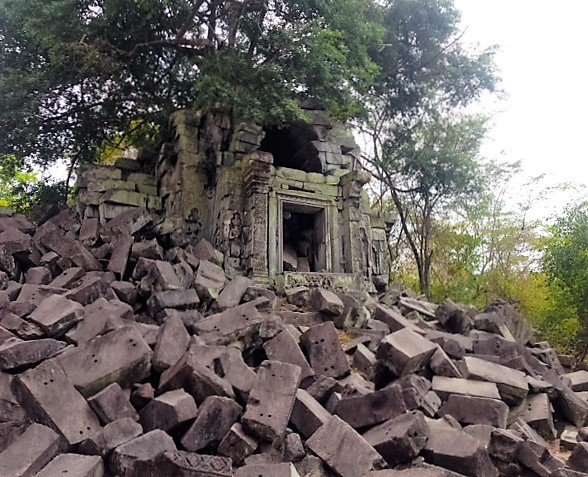
Banteay Srei was built in 967 CE, and is unique to the other temples in the area because it is carved from red sandstone, so the temple appears to have a pink hue. Local people also say that the temple must have been carved by women, due to the intricacy of the carvings. For these reasons, the temple it also sometimes referred to as the “Lady Temple” or “Pink Temple”. These characteristics make the temple special, and it is also one of the oldest temples in the area. Banteay Srei’s ornate design, color, and attention to detail make it a site well worth the trek outside of Siem reap.
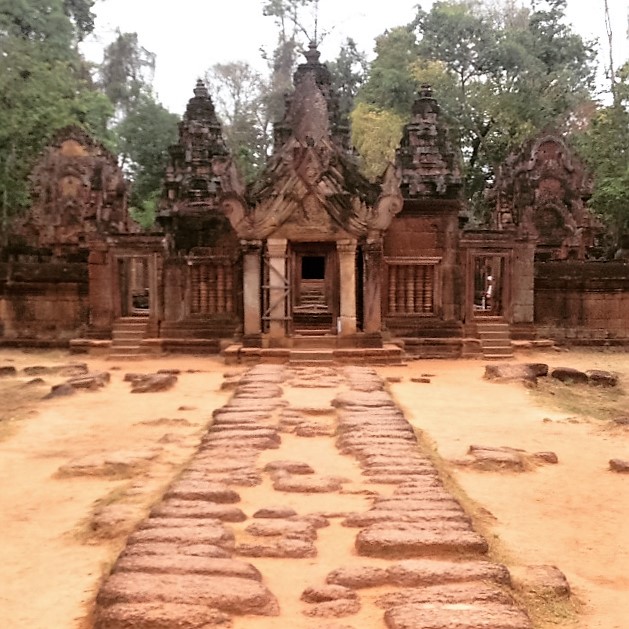
Insider tip: Visitors may also opt to see the Banteay Srei Butterfly Centre and the Cambodia Landmine Museum, both located on the way to Banteay Srei.
What to wear for this tour:
Appropriate attire for visiting temple sites, with the legs and shoulders covered
Hat or umbrella, but ideally a hat as umbrellas take up more space and may obstruct the views of other visitors
Sunscreen and insect repellant
Walking shoes – no sandals. Some of the temple areas are uneven or require climbing and it’s best to have the feet covered
Day 4: Village Tour and Artisan Angkor Silk Farm
On this tour day we visited Kok Tnout Village, which translates to ‘palm tree’. This is the home village of the guide for this tour, Mr. Sotay.
This tour gives visitors a glimpse into the rural village lives of people on the outskirts of Siem Reap. Kok Tnout is comprised of 800 families, or roughly 1000 people. Mr. Sotay, like most Cambodian families of his generation, comes from a family of 11. Mr. Sotay says that while many Cambodians have large families in order to help farm, new families have begun to have less children, perhaps about 5 children per family.

Fifty percent of the villagers work jobs in Siem Reap, while the other half make a living as construction workers, farmers, and artisans of sorts. We passed Mr. Sotay’s mother in the village as she was on her way to sell rice noodles, which she makes herself every day and sells to people in town and passersby. We passed by a man who makes rice wine at his home and once the rice has been used in the process he feeds it to his pigs, which he raises and also sells in town.
In regard to infrastructure, the village of Kok Tnout still does not entirely have electricity, so some families use car batteries, kerosene lamps, and candles to have light in the night time. The village chief collects $15 dollars from every family to maintain the main village road.
This is a walking tour, and Mr. Sotay offers many details about Kok Tnout and its villagers’ way of life.
Once back in Siem reap, we visited Artisan d’Angkor, a silk farm and textile workshop that employs young women of Siem Reap, providing an opportunity for gainful employment and to preserve silk production and weaving as an artform.
Visitors get to see silk production from the very beginning of the process with a private tour from an Artisan d’Angkor guide. Exhibits show silkworms feeding on mulberry leaves, silkworms spinning their cocoons, the harvesting and cleaning process of the silk, the silk dyeing process, and various weaves of silk in textiles. Insider tip: Don’t forget to tip your guide!

The gift shop located on the farm is an ideal place to purchase beautiful souvenirs offering annual collections of home decor, clothing, accessories, stone, lacquerware, polychrome, wood, silver plating, painting, ceramics, and jewelry by local artisans.
What to wear for this tour:
Comfortable, breathable clothes
Sneakers or sandals
Hat for visiting the village
Sunscreen and insect repellant for visiting the village
See more photos of this spring’s journey throughout Thailand, Laos, and Cambodia on our Instagram account. Stay tuned to get an insider account of more of our tours throughout Southeast Asia!
Additionally, some of the Journeys Within team will be attending this year’s Thailand Travel Mart (TTM) this week! TTM works in cooperation with the Tourism Authority of Thailand (TAT) and the Thai tourism industry, making TTM the largest business-to-business event in Thailand. Journeys Within proudly participates in this event to stay in-the-know and aid in the promotion of tourism in Thailand and its Greater Mekong Subregion (GMS) counterparts.
Follow us on Instagram during our experiences at TTM and stay tuned for new travel information and industry updates!


